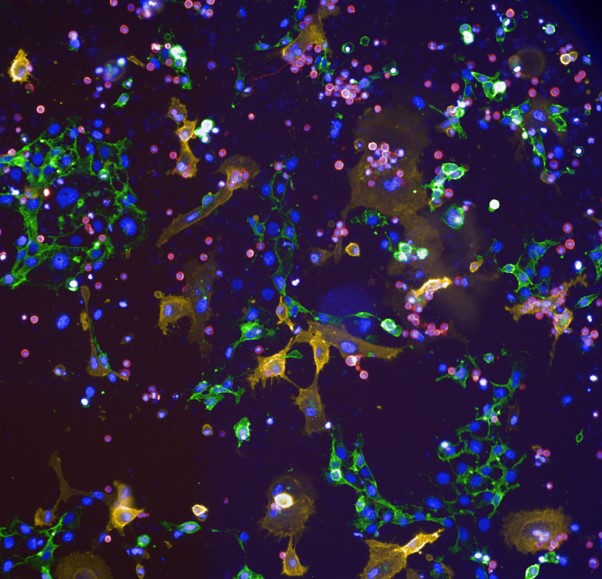New insights into the early steps of cancer spread in melanoma
How do metastases form?

One of the major unanswered questions in cancer research remains the process by which tumor cells are able to colonize other organs, leading to a generalized disease that is then nearly impossible to cure. A widely discussed concept suggests that this may represent a form of faulty organogenesis - for example, an attempt by breast gland cells to form a mammary gland in the liver or lungs.
Since organ development is naturally complete in adults, it remains largely unknown how such misguided attempts at organ formation can occur. These questions are usually explored in animal models, as they offer a wide range of technical possibilities to uncover the underlying mechanisms. A direct analysis in patients, however, has so far not been systematically undertaken.
Now, several research teams from the University Hospital and University of Regensburg, the Fraunhofer ITEM, and the University Hospital and University of Tübingen, along with additional partners from the research consortium on metastasis (SFB/TRR 305), have joined forces under the leadership of Melanie Werner-Klein and Christoph Klein from the University of Regensburg and Fraunhofer ITEM to shed light on this mystery.
 Fraunhofer Institute for Toxicology and Experimental Medicine
Fraunhofer Institute for Toxicology and Experimental Medicine